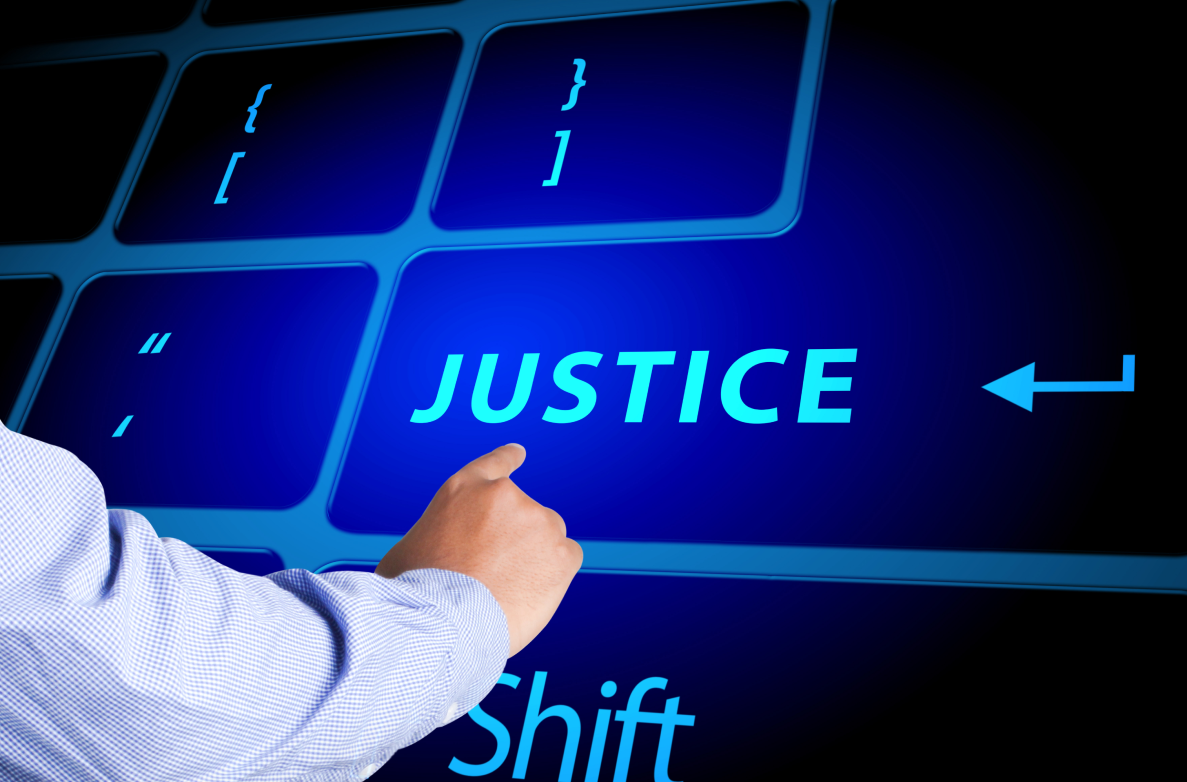Justice/Legal Tech 3 years ago
Legal Technologies – Past and Future
Over the years, technology has worked its way deep into the legal system, slowly, but steadily improving the quality and efficiency of legal services

Although the legal system is prominently assumed to be conservative and traditional, it has in no way been detached from the ongoing technological revolution. Over the years, technology has worked its way deep into the legal system, slowly, but steadily improving the quality and efficiency of legal services.
The first mark of technology within the legal industry was felt on the rather onerous aspects like accounting and billing. Then came digital signatures which shifted legal communications onto the online domain. The document-intensive nature of legal work made it a perfect fit for technology-aided document storage and management. The information explosion witnessed in the last decade has made legal research databases commonplace and allowed e-Discovery to slowly find acceptance in legal systems around the world.
Innovative software solutions provide easy and efficient platforms for contract management, case management and other legal matters. Various tools have now evolved that allow for smaller, relatively simple legal tasks, like immigration document preparation for example, to be undertaken by the common man without the added assistance of a lawyer.
Online platforms for dispute resolution are now easing the burden on courts that, in many instances, are overwhelmed by the pile of pending cases. They provide easy access to arbitrators and mediators, so that simple disputes don’t have to go through lengthy and expensive court proceedings. Practice management platforms and legal help marketplaces have also made the legal system more accessible to the general public.
In recent days, online courts are providing the potential solution that makes the litigation process faster, more efficient, and accessible. As an unexpected by-product, the COVID-19 pandemic has made technology more relevant today than ever before, inadvertently pushing the system to function virtually. With leaps and bounds being made in the fields of artificial intelligence and analytics, it does not seem far-fetched to imagine a future where the justice system is at least semi-automated, where outcomes of court proceedings are predicted based on past decisions and historic data; and efficiency, accuracy and equitability remain the key pillars of the justice system.



